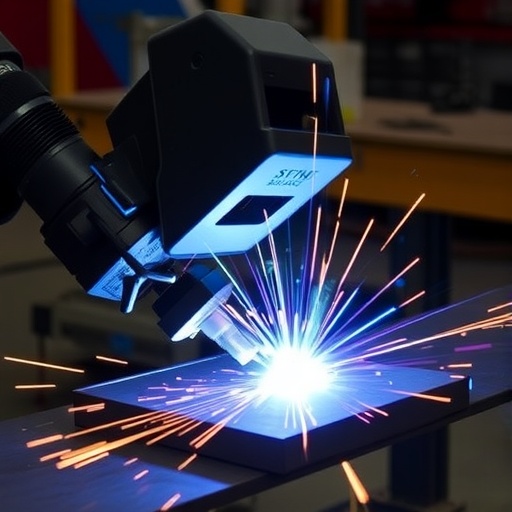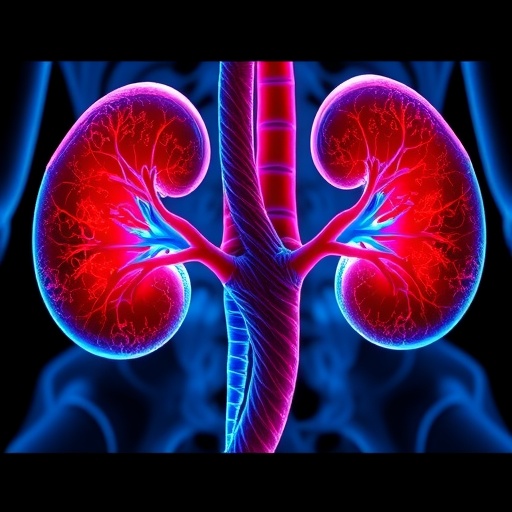PROTECT YOUR DNA WITH QUANTUM TECHNOLOGY
Orgo-Life the new way to the future Advertising by AdpathwayIn recent years, the healthcare industry has witnessed a continuous evolution in the methods and tools utilized to enhance patient care and safety. One of the pivotal advancements has emerged in the form of a novel surgical transfer sheet, which aims to facilitate safer and more efficient transfers of patients during surgical procedures. The study conducted by Wu, Lu, Gong, and colleagues explores the design and practical applications of this innovative device, shedding light on its remarkable potential to revolutionize surgical practices.
The fundamental premise of the surgical transfer sheet lies in its ability to streamline the process of transferring patients between different surfaces, be it from a hospital bed to the operating table or vice versa. Effective patient transfer is crucial in minimizing the risks of complications, including spine injuries or falls, particularly among vulnerable populations such as the elderly or those with mobility restrictions. The design of this transfer sheet was meticulously crafted to address these issues while ensuring that patient comfort and safety are prioritized throughout the transfer process.
In their randomized controlled trial, the researchers evaluated the usability of the transfer sheet compared to traditional manual transfer methods. This evaluation involved a rigorous assessment of various parameters, including the ease of use, patient satisfaction, and the incidence of adverse events associated with patient transfers. The trial included a diverse sample of participants, allowing for a comprehensive analysis of the transfer sheet’s efficacy across different demographic groups.
The innovative features of the surgical transfer sheet include its lightweight construction and unique materials that promote both durability and maneuverability. The sheet is designed to minimize friction, thus allowing for smooth movements during patient transfers. This not only enhances safety but also reduces the physical strain on healthcare workers, who often face significant challenges while transferring patients manually. The ergonomic design elements incorporated into the transfer sheet aim to support healthcare professionals by providing them with a tool that is easy to handle and operate.
One significant aspect of the study is the focus on patient feedback. Understanding patient perspectives on their transfer experience is vital for developing tools that genuinely meet their needs. Throughout the trial, participants were asked to share their thoughts on the transfer process, the transfer sheet’s comfort level, and any suggestions for improvement. The insights gathered from this feedback were invaluable in refining both the design and application of the transfer sheet.
Moreover, the research underscores the importance of adhering to best practices in infection control during surgical procedures. Reducing the risk of hospital-acquired infections is critical, and the materials used in the surgical transfer sheet were selected specifically for their hygienic properties. The ease of cleaning and sterilization of the sheet adds an important layer of safety in surgical environments, where contamination can pose severe risks to patient health.
As hospitals and surgical centers strive to enhance their patient care quality, the surgical transfer sheet represents an innovative solution that aligns with current healthcare goals. In light of the increasing pressure on healthcare systems to improve outcomes while controlling costs, tools that increase efficiency and safety, such as this transfer sheet, are essential. The anticipated impact of this device on surgical procedures offers a promising avenue for not only enhancing patient outcomes but also streamlining workflows for medical staff.
Additionally, this study may pave the way for future research focused on developing complementary devices and technologies aimed at improving patient transfer protocols. As the healthcare sector embraces innovations in technology and design, the potential for new solutions that aid in patient mobility and safety will expand. Further studies may delve into calibrating this transfer device for various clinical scenarios, enhancing its adaptability across different surgical disciplines.
The researchers’ findings have garnered interest in the medical community, emphasizing the need to advocate for the integration of user-friendly tools in clinical settings. A shift towards innovative medical equipment designed with an emphasis on both usability and patient safety could significantly influence surgery and care practices. As healthcare professionals continue to advocate for better tools, initiatives echoing the importance of safe patient handling will gain momentum within medical institutions.
Moreover, with growing awareness of the physical toll of manual patient handling on healthcare workers, this study brings to light a crucial conversation about workplace safety. The integration of devices like the surgical transfer sheet could significantly reduce the risk of musculoskeletal injuries among healthcare staff. As hospitals implement these solutions, they can simultaneously enhance patient care and prioritize staff well-being.
In conclusion, the randomized controlled trial led by Wu et al. offers compelling insights into the design and application of this novel surgical transfer sheet. With its potential to improve patient transfer processes, enhance safety, and decrease strain on healthcare providers, this innovative tool represents yet another step forward in the evolution of surgical practices. As hospitals begin to adopt such advancements, the future of patient care looks promising, with a focus on quality, efficiency, and safety at the forefront.
The implications of this research extend beyond the immediate findings, suggesting broader impacts on medical practices, interprofessional collaboration, and patient safety standards. The ongoing discourse in medical innovation and technology must continue to embrace such solutions that empower healthcare providers while simultaneously enriching the experiences of patients.
As insights from this groundbreaking study continue to resonate, there is hope for a future where surgical transfers become simpler, safer, and more patient-centered, setting a benchmark for quality care in the healthcare landscape.
Subject of Research: Novel surgical transfer sheet design and application.
Article Title: Design and application of a novel surgical transfer sheet: a randomized controlled trial.
Article References:
Wu, L., Lu, Y., Gong, R. et al. Design and application of a novel surgical transfer sheet: a randomized controlled trial.
BMC Nurs 24, 1274 (2025). https://doi.org/10.1186/s12912-025-03901-4
Image Credits: AI Generated
DOI: 10.1186/s12912-025-03901-4
Keywords: surgical transfer sheet, patient safety, healthcare innovation, medical device, ergonomic design, randomized controlled trial.
Tags: efficient patient handling techniqueselderly patient care in surgeryergonomic design in medical deviceshealthcare industry innovationsinnovative healthcare solutionsminimizing spine injury risks in surgerypatient comfort during transferspatient transfer safetyrandomized controlled trial in surgeryreducing patient transfer complicationssurgical procedure advancementssurgical transfer sheet


 4 hours ago
8
4 hours ago
8





















 English (US) ·
English (US) ·  French (CA) ·
French (CA) ·